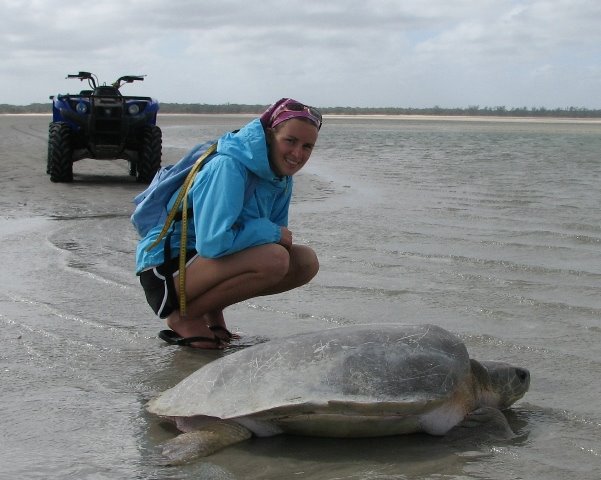

“Hello World” Alby Mangels here (AKA Wombat, or Scott for those non the wiser). Steve and Terry (AKA Brett & Kelsey) has given up the ghost. Its 9.30pm and we have just arrived back from the Seisa Fishing Club where we enjoyed a fish burger and a few beers. We had some fantastic entertainment by the leading (probably only) band in the area.
Today has been a long day. Our day was via car, plane, bus, boat, ferry and on foot. After an early start this morning we finally reached Seisa at about 3.45pm. As soon as we arrived we high tailed out to Seafaris (Greg Bethune) where Brett has all his gear stored.
It certainly seems that Greg has been a huge part of this whole adventure for Brett, and would certainly a lot more difficult without him.
Greg has lent us a boat, a vehicle and shared some fantastic advice, to float everything to Crab Tomorrow. We have spent the afternoon and early evening getting the boat cleaned up and organised, which in the end was very satisfying. Having to start fresh tomorrow would have made a long day and probably put us back a day on getting to crab.
Tomorrow is where the real adventure begins. From the stories I have heard over the recent days, this blogspot is a G rated version. I encourage all of you to grill all individuals concerned to get the facts!!!!!



























